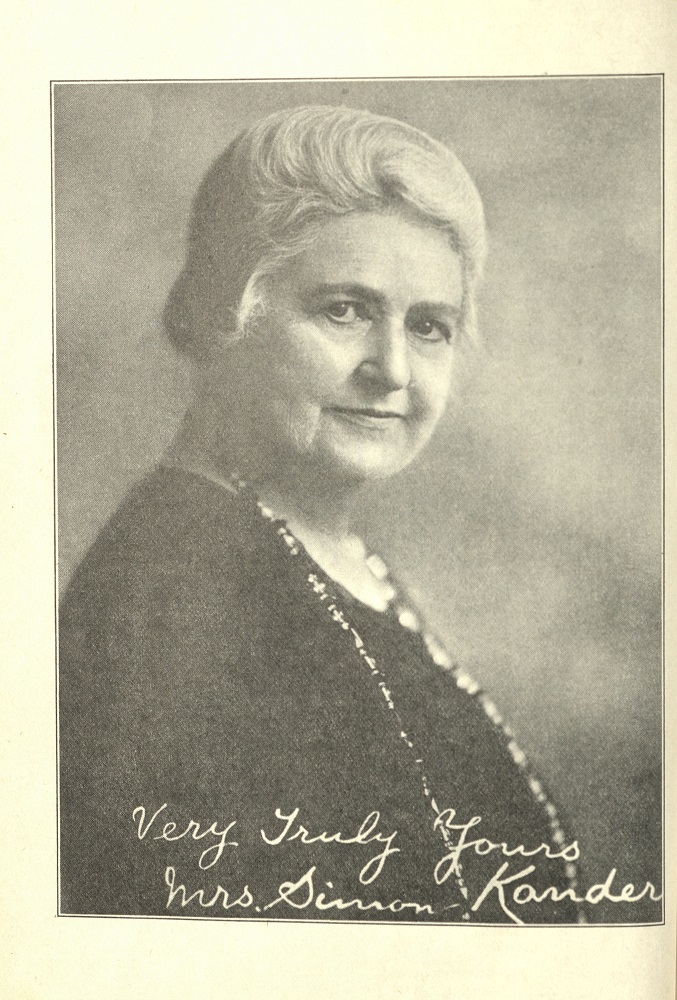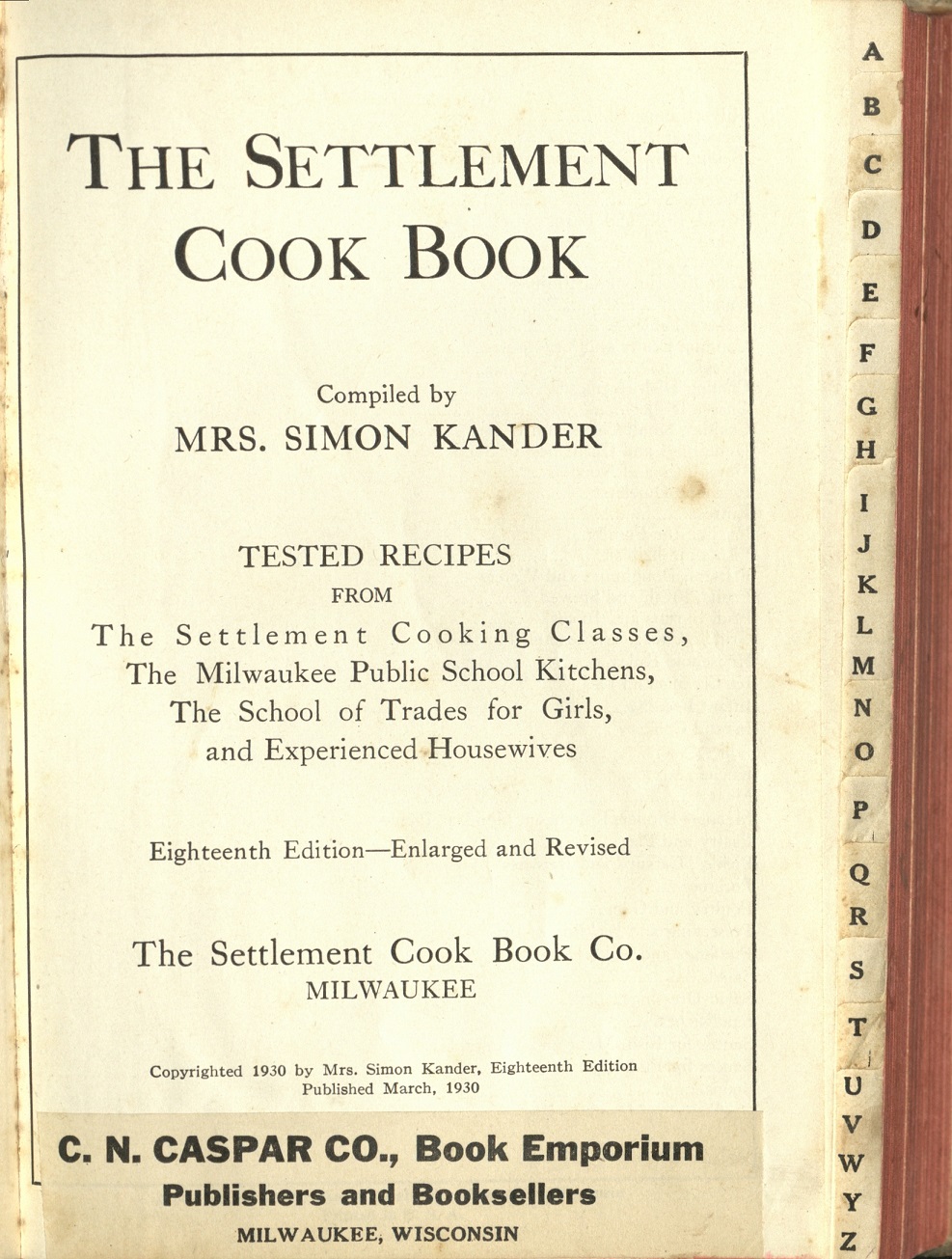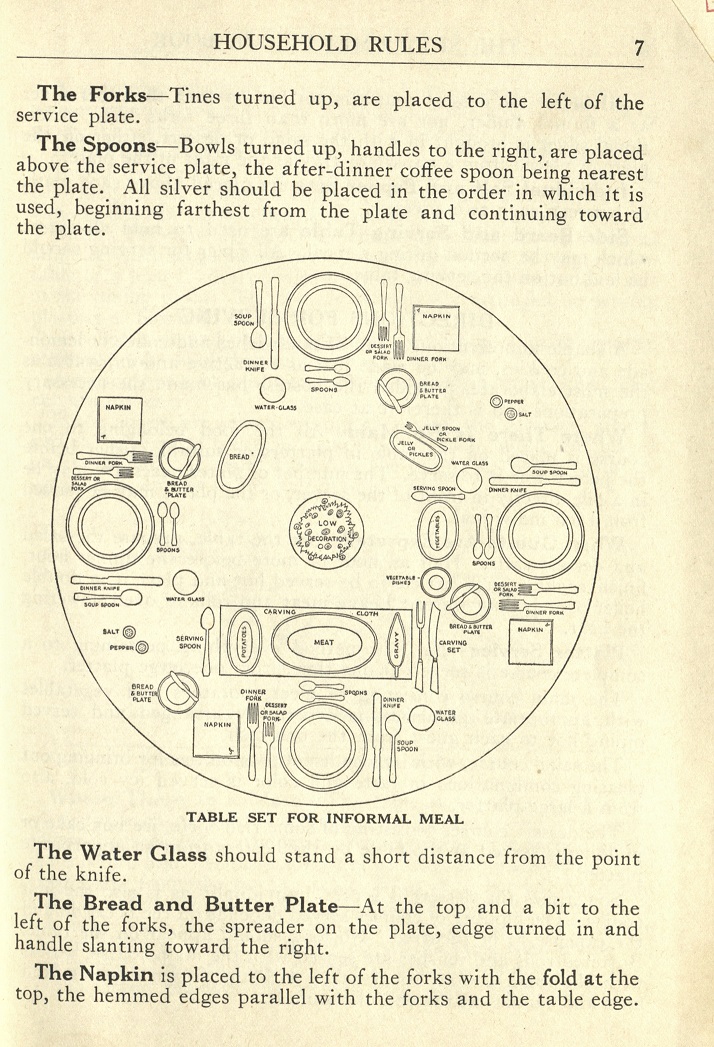

KENNESAW, Ga. | Mar 15, 2021
KSU Honors student Camilla Stegall shares the history behind one of the best-selling cookbooks of the twentieth century.
Welcome back! We’ll continue our discussion of the Bentley’s copy of A Way to a Man’s Heart: The Settlement Cookbook, the woman behind it, its place in American history, and some special items of note about its contents.
The Settlement Cookbook was written by “Mrs. Simon Kander” – Elizabeth “Lizzie” Black Kander. Kander was born in Milwaukee, Wisconsin, in 1858. She was of English-German descent and raised in a Reform Jewish household. Her family embraced progressive ideals and stressed the importance of domesticity. These two key factors would shape Kander’s life. In 1878, Kander became involved in urban reform movements such as the Ladies Relief Sewing Society, which donated used clothing to people in need. She even met her husband, Simon Kander, while working on public school reform.

In 1900, Kander helped merge two reform societies to create “The Settlement” and served as its president for the next eighteen years. The Settlement was a part of the settlement house urban reform movement found in other cities like New York, which had the first settlement house in 1886, and Chicago, which was home to Jane Addams and her “Hull House.” These settlement houses addressed social issues that impacted immigrants and the poor in a variety of ways including donations, child-care, activities, activism, and classes. A major feature of the settlement house movement was that the workers lived in the communities they helped. While Kander did not live in the Settlement’s house, the Settlement in Milwaukee taught classes, especially about housekeeping and cooking, to recently arrived Jewish immigrants to help them adapt to life in America.
To ease the burden on students to write out their recipes during each class and to get funding for the Settlement, Kander created a cookbook. Shot down by the Settlement’s Board of Directors not willing to pay $18 to have the book published, Kander went to a local printer, Merton Yewdale, who encouraged local businesses to put advertisements into the cookbook. In 1901, the first edition of The Settlement Cook Book was published with recipes, lessons from the Settlement, and ads from local Milwaukee businesses. By the end of the year, book sales had raised $500 for the Settlement. As the Settlement moved to a bigger building in 1910 and grew into the Jewish Community Center in 1931, continued sales of The Settlement Cook Book were there to help.

The Settlement House Cook Book was edited by Kander until her death in 1940. At least the first few editions were published by Yewdale and Sons. Later editions were published and distributed by The Settlement Cook Book Company and other book distributors. The Bentley Rare Book Museum holds an eighteenth edition from 1930 published by The Settlement Cook Book Company and distributed by C.N. Caspar Co., Book Emporium. The modernized edition, The New Settlement Cook Book, was published by Simon and Schuster in the 1950s. In all, there have been forty editions of this tried-and-true cookbook since 1901, which raised tens of thousands of dollars for the Jewish community within Milwaukee. Selling over two million copies, it even outsold Julia Child’s Art of French Cooking.
If you would like to learn more about Lizzie Kander, the Settlement movement, and The Settlement Cook Book be sure to check out these sources!

Koenig, Leah. “As American as Pot Roast and Potato Salad.” Tablet Magazine, https://www.tabletmag.com/sections/food/articles/settlement-cook-book
Wisconsin 101 has articles on Kander, the cookbook and The Settlement House Movement: (All can be accessed through hyper-links within the article)
The Encyclopedia of Milwaukee offers insight into the Settlement movement: https://emke.uwm.edu/entry/settlements/
Michigan State University has a biography of Kander and digital access to the 6th edition of The Settlement Cook Book: https://d.lib.msu.edu/content/biographies?author_name=Kander%2C+Simon%2C+Mrs
The Jewish Museum Milwaukee’s Education Director Ellie Gettinger talks about Kander and her Cookbook in a three-part series on YouTube: https://youtu.be/ccZbGrgQQYQ?t=72